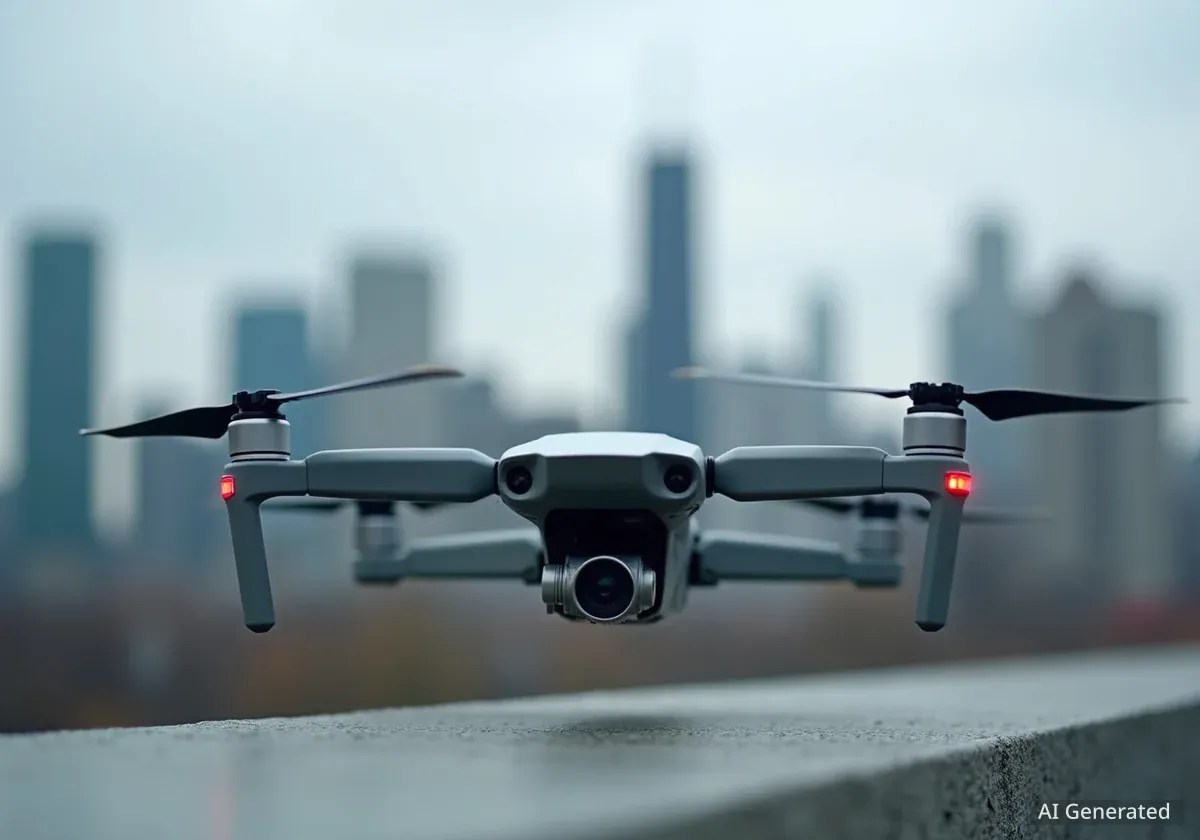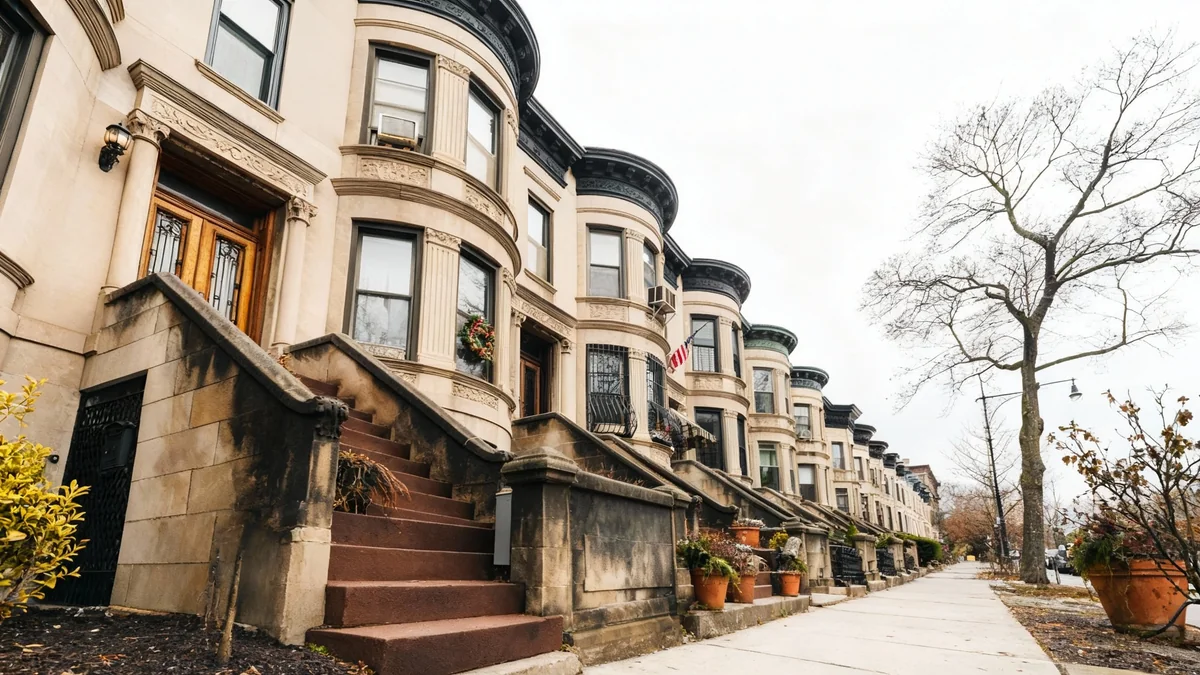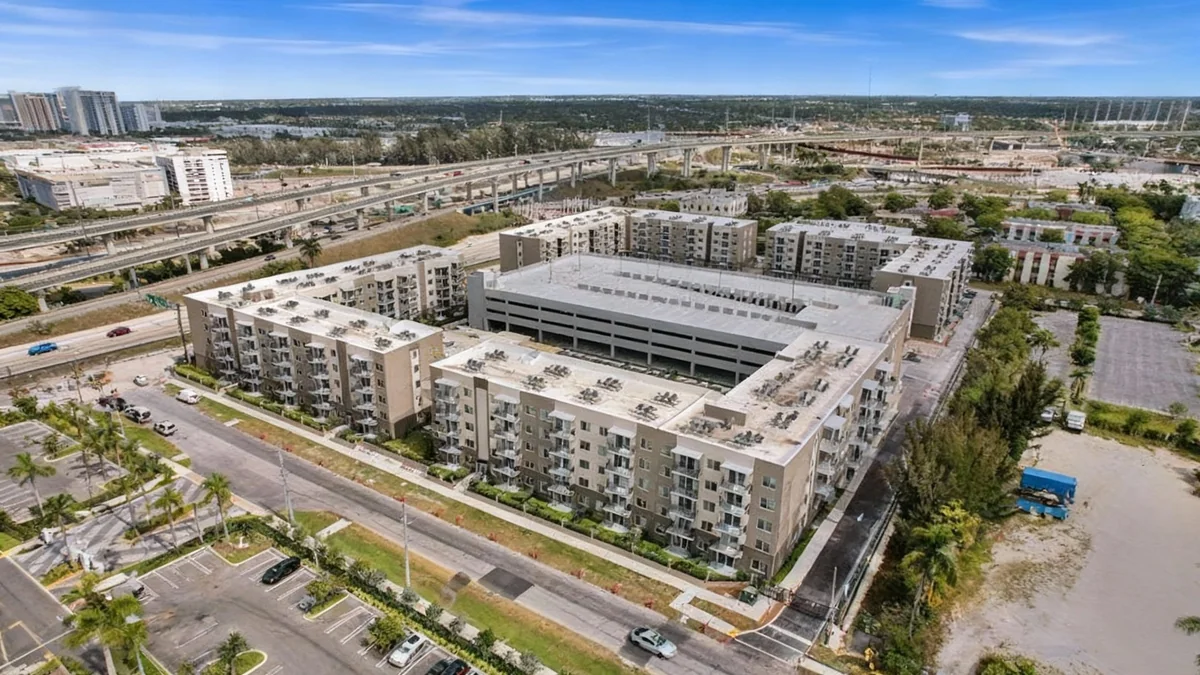A sudden 10-day drone grounding by the Federal Aviation Administration (FAA) across much of the Chicago area is causing significant disruptions for local businesses, particularly real estate photographers who rely on aerial imagery to market properties. The flight ban, effective until October 12, was implemented at the request of the Department of Homeland Security (DHS), forcing professionals to immediately postpone and reschedule crucial projects.
Key Takeaways
- The FAA has prohibited drone flights in a large portion of the Chicago metropolitan area until October 12.
- This temporary flight restriction was enacted following a request from the Department of Homeland Security.
- Real estate photographers and other commercial drone operators have been forced to halt aerial operations, impacting property marketing schedules.
- The ban highlights the vulnerability of businesses that have integrated drone technology into their core services.
Details of the FAA Flight Restriction
The FAA directive, announced Thursday evening, established a temporary flight restriction (TFR) for unmanned aircraft systems, commonly known as drones. This grounding affects a wide geographic area encompassing Chicago and many of its surrounding suburbs. The restriction is scheduled to remain in place for 10 days, creating an extended period of uncertainty for commercial operators.
While the FAA did not provide a specific reason for the DHS request, such measures are typically associated with heightened security needs for major events or the movement of protected individuals. The lack of specific details has left many business owners trying to navigate the sudden operational halt with limited information.
Understanding Temporary Flight Restrictions
Temporary Flight Restrictions (TFRs) are a common tool used by the FAA to temporarily restrict aircraft, including drones, from operating in a defined area. They are often implemented for security reasons, such as for presidential visits, major sporting events, or in response to natural disasters to ensure clear airspace for emergency responders.
Immediate Impact on Real Estate Marketing
For the competitive Chicago real estate market, the timing of the ban is challenging. High-quality visual marketing is essential for attracting buyers, and aerial photography has become a standard tool for showcasing properties effectively. The grounding has brought this vital marketing component to an abrupt stop.
Photographer Larry Malvin was among the first to feel the effects. He had an aerial shoot scheduled for a Friday morning in Evanston, which had to be postponed indefinitely. Malvin noted that he had to consult detailed maps provided by the FAA to determine if another scheduled job in Winnetka fell inside the restricted zone. This process of verifying locations adds another layer of complexity for operators.
"The moment the notification came in, we had to contact our clients and explain the situation," said one local real estate photographer. "It's not just a delay; it affects listing timelines and marketing strategies that were already in motion. We are grounded, literally."
Why Drone Footage is Crucial for Listings
Aerial imaging provides a perspective that standard photography cannot capture. It is particularly important for properties with significant land, unique architectural features, or desirable locations. The benefits of using drones in real estate include:
- Showcasing the Entire Property: Drones can capture the full scale of a home and its surrounding land in a single shot.
- Highlighting Location and Proximity: Aerial views can show a property's proximity to parks, lakes, schools, and other local amenities.
- Providing a Unique Perspective: An elevated view can make a listing stand out from competitors who only use ground-level photos.
- Inspecting Hard-to-Reach Areas: Drones are also used for practical purposes like inspecting roofs and other elevated structures without risk.
With the ban in place, real estate agents and their photographers must now rely on traditional methods, potentially putting their listings at a disadvantage against properties in areas not covered by the restriction.
Broader Business Implications
The grounding serves as a stark reminder of how dependent certain industries have become on drone technology. What was once a niche service is now a mainstream business tool for real estate, construction, insurance, and media production. The Chicago-area ban affects not just photographers but an entire ecosystem of professionals who use drones for surveying, inspections, and content creation.
According to industry reports, the commercial drone market has seen exponential growth over the past decade. Real estate is one of the fastest-growing sectors for drone adoption, with some studies indicating that listings with aerial imagery can sell up to 68% faster than those without.
This incident highlights the regulatory risks associated with the drone industry. Businesses that have invested thousands of dollars in equipment and pilot certification can find their operations halted by federal directives with little to no advance warning. For small business owners, a 10-day shutdown can result in significant revenue loss and logistical challenges.
Navigating the Ban and Looking Ahead
For professionals like Larry Malvin, the immediate future involves careful planning and client communication. Photographers are spending time reviewing FAA maps, rescheduling shoots for after October 12, and hoping the ban is not extended. The primary task is managing client expectations, as real estate agents operate on tight schedules to get properties listed.
The situation also raises questions about the need for clearer communication channels between federal agencies and the commercial drone community. While security is a top priority, the economic impact on small businesses is substantial. Industry advocates may point to this event as a reason to develop systems that provide more notice or offer limited exemptions for certified commercial operators when possible.
As the drone industry continues to mature, its integration with federal airspace management will remain a complex issue. The Chicago grounding is a clear example of the balance federal authorities must strike between national security and economic activity, a balance that directly impacts the day-to-day operations of a growing number of American businesses.





